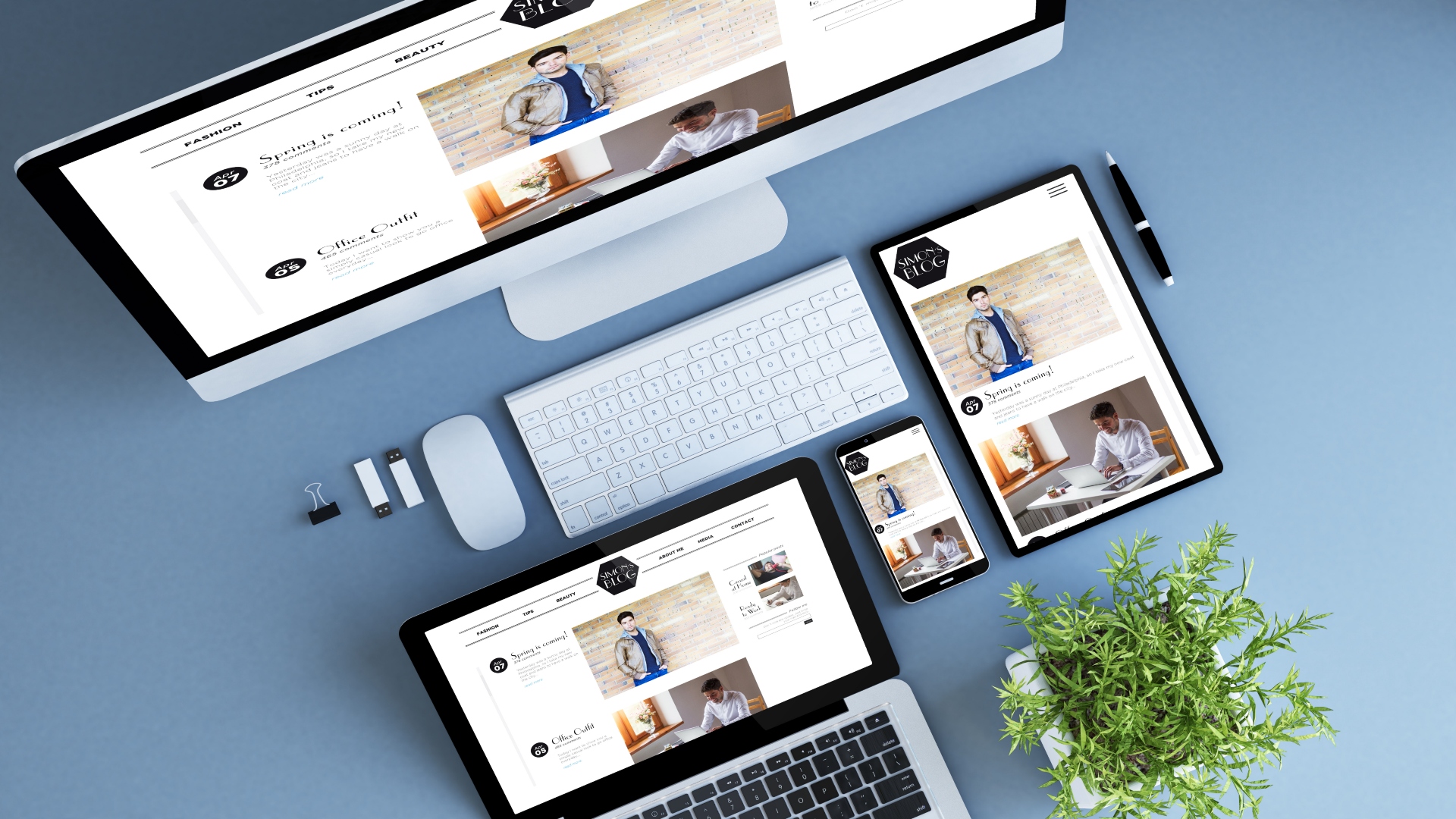In today’s digital-first business environment, your website often serves as the first point of contact between your business and potential customers. Research shows that users form an opinion about a website within a mere 50 milliseconds of landing on it. That first impression can either establish trust or send visitors clicking away—potentially forever.
For businesses across Australia, particularly those in competitive markets, website credibility isn’t just nice to have—it’s essential for survival and growth. Let’s explore how your website might be undermining your business credibility and what practical steps you can take to fix these issues.
The Hidden Cost of Poor Website Design
When potential customers visit a website that looks outdated, loads slowly, or functions poorly, they don’t just get frustrated—they make judgments about your entire business operation. According to the Stanford Web Credibility Project, 75% of users admit to making judgments about a company’s credibility based solely on their website design.
The implications are significant:
- Lost sales opportunities when visitors bounce without converting
- Damaged brand perception that’s difficult to repair
- Competitive disadvantage in your industry
- Reduced return on your marketing investments
The good news? Most credibility issues can be identified and fixed with the right approach.
Key Website Elements That Impact Credibility
1. Visual Design and Professionalism
Your website’s visual appeal speaks volumes about your business before visitors read a single word. Outdated designs, mismatched colour schemes, and poor-quality images create an immediate negative impression.
Modern, clean designs with consistent branding elements signal professionalism and attention to detail. The psychology behind this is simple—if you’re willing to invest in your digital storefront, customers assume you’ll invest in quality products and services too.
2. Mobile Responsiveness and User Experience
With over 55% of Australian internet traffic now coming from mobile devices, a website that doesn’t function seamlessly across all screen sizes is actively turning away business.
User experience goes beyond just mobile compatibility. Intuitive navigation, logical information hierarchy, and accessible design all contribute to whether visitors can easily find what they’re looking for. When professionals create website designs on the Sunshine Coast and other regions of Australia, they now prioritise responsive design as a fundamental element rather than an optional extra.
3. Content Quality and Authority
Poorly written content filled with grammatical errors, outdated information, or vague claims undermines your expertise. Conversely, valuable, accurate content positions your business as an authority in your field.
Effective website content should:
- Address your customers’ specific pain points
- Provide clear, actionable information
- Demonstrate industry expertise
- Be regularly updated to remain relevant
Practical Steps to Boost Your Website’s Credibility
Improving your website’s credibility doesn’t necessarily require a complete rebuild. Often, strategic improvements can dramatically enhance perception.
Start with an objective assessment: Use tools like Google PageSpeed Insights to evaluate technical performance, and gather feedback from customers or colleagues who can view your site with fresh eyes.
Prioritise technical performance: Slow loading times are credibility killers. Optimise images, leverage browser caching, and consider upgrading your hosting if necessary.
Showcase social proof: Customer testimonials, case studies, and reviews build trust quickly. Make these elements prominent on key pages.
Update your visual branding: Even simple updates to typography, colour schemes, and image quality can significantly modernise your site’s appearance.
Ensure transparency: Clear contact information, about pages, and privacy policies signal that you’re a legitimate business with nothing to hide.
When to Consider Professional Help
While some website improvements can be handled in-house, there comes a point when professional expertise becomes the most efficient path forward. Professional web designers bring not just technical skills but an understanding of how design elements influence consumer psychology and decision-making.
Consider professional help when:
- Your website hasn’t been substantially updated in 3+ years
- You’re experiencing high bounce rates despite quality traffic
- Your competitors have significantly more modern sites
- You lack the internal resources to manage a comprehensive update
The Return on Investment
Website improvements should be viewed as investments rather than expenses. A professionally designed website that establishes credibility typically delivers returns through:
- Higher conversion rates from existing traffic
- Improved customer retention and loyalty
- Better performance in search engine rankings
- Strengthened competitive positioning
Moving Forward
Your website is too important to your business success to remain a credibility liability. Begin by identifying the most critical issues affecting your site’s performance and develop a prioritised plan to address them.
Remember that credibility isn’t established once and forgotten—it requires ongoing attention to ensure your digital presence continues to meet evolving customer expectations and technical standards.
By investing in your website’s credibility, you’re not just improving a digital asset—you’re strengthening the foundation of your entire business reputation in the digital marketplace.






